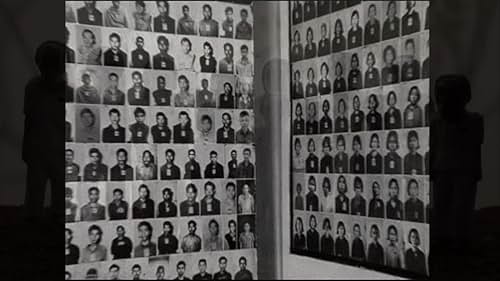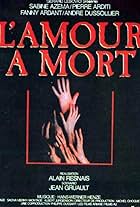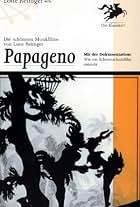"A picture can be stolen - a thought cannot" states the narrator of this documentary about the atrocities committed by Khmer Rouge in late 1970s Cambodia. While not actually narrated by him for reasons unknown, the script for the film is written by director Rithy Panh, a survivor of the atrocities, in an usual touch, Panh uses clay figures to depict incidents he experienced but for which no archive footage exists. Going back to that earlier quote, the film stands up as a testament of the human mind to recall personal horrors in great detail as one's thoughts can never be stolen. The clay figures are remarkably detailed and especially effective in a moment when Panh recalls drinking muddied water while watched by seemingly stunned local herds. Unique as the film may be though, it outstays its welcome long before it is over. The narration is extremely repetitive and as the film keeps focusing on emotions that its director personally felt, it crosses the border into maudlin territory while ultimately becoming less a document of the times and more the faded memories of a single man. The film is very deliberately paced too so one really needs to be in the right mood to appreciate it. The clay work is, however, never less than remarkable and as the film takes time to focus on Panh also creating all the models, sculpting then painting them, it is hard not to admire the care and consideration put into them. This was clearly a very personal film for Panh and the fact that the film makes one want to read up more about the Khmer Rouge horrors certainly says something.






















